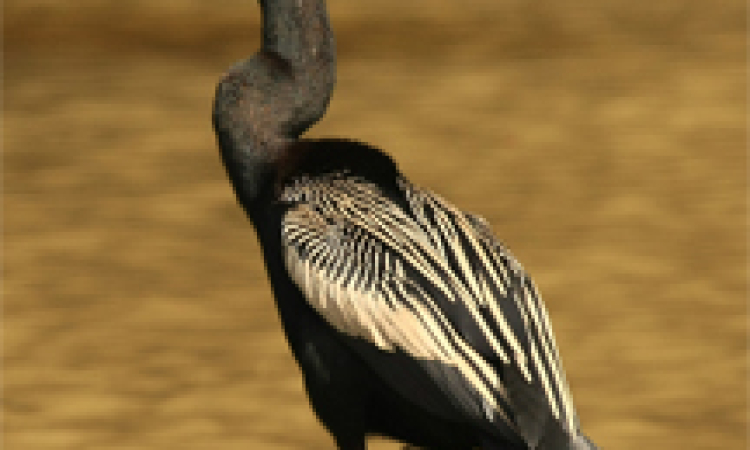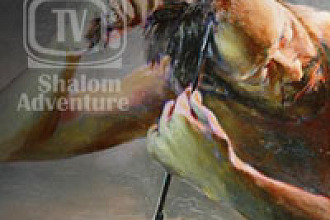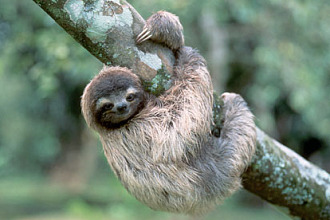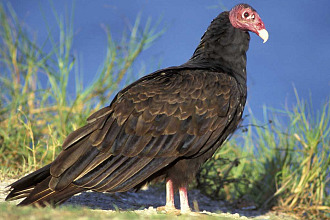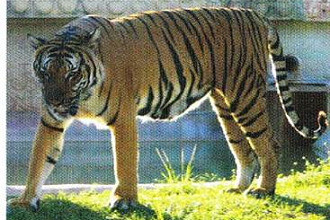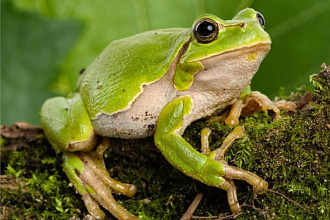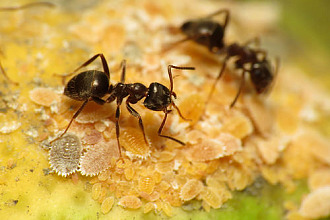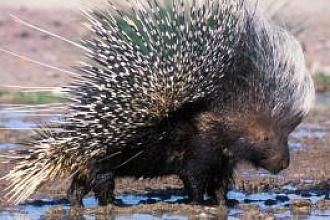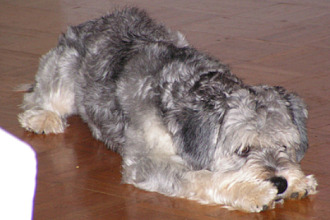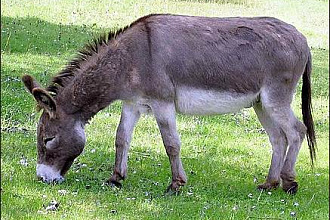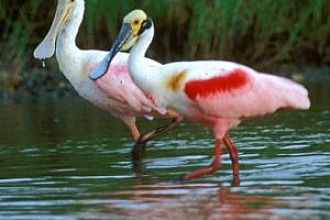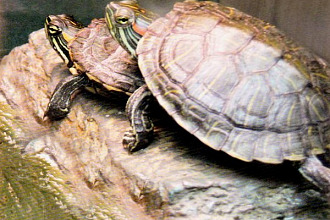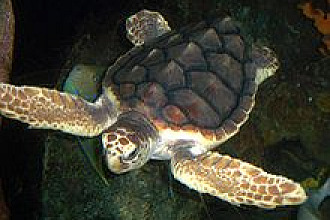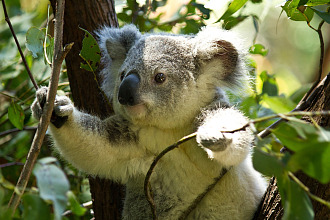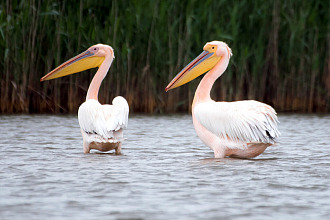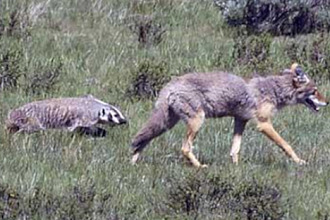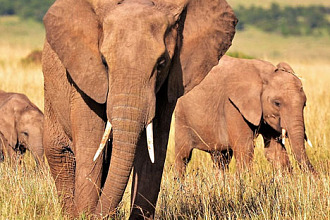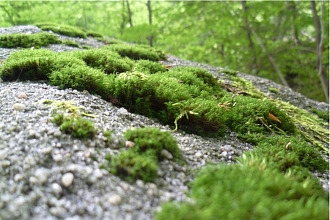The anhinga, if measured by appearance, to say the least is a sharp dresser! (Black and white is classy, and this large, dark-feathered bird not only has white edging on its long tail, but silvery-white patches on its wings.)
The male's plumage has a greenish iridescence at times. It's gorgeous! However, the anhinga is not showing off its beauty when seen perching with outspread wings—it's just a water bird getting warm and dry in the sun! It's not by accident that you won't see this bird preening either! Its oil glands barely function, so the anhinga does not have the waterproofing of most other birds. Did the Creator miss something in providing for this beautiful bird with its nearly 4-foot wingspan? No, not at all!
The anhinga swims well—not for fun but for food. The moment the bird dives into the water, he is as totally soaked as you or I become in water. (We don't have waterproofing glands either, as you know!) The Creator knew that oily feathers would slow down the anhinga's movements. That's why He did not "waterproof" him. So when the bird is pursuing a fish, the web-footed anhinga can move through water much faster. And pursue he does! The anhinga's serrated bill and the hinge apparatus in his long neck, (between the 8th and 9th cervical vertebrae) are perfect for spear fishing.
It's a not-by-accident Designer gift that's ideally suited for the bird's sudden movement when—timing his attack carefully—the anhinga forcibly plunges his beak into the fish destined to become his next meal. Next the anhinga points his head upward and flips the speared fish off his beak, then gulps it down head-first. If the fish is too firmly lodged on his dagger-shaped bill to be flipped off, he swims to a bank, climbs up and pounds his beak on a rock to dislodge his catch! It's not by accident this bird has legs suitable for climbing!
So the anhinga is a multi-adaptable bird who at times swims in water, at times climbs banks and trees, and at times soars like a hawk. Besides this, the bird has been programmed to know when to be totally silent. The anhinga is never a noisy bird, but when he is molting he makes no sound at all. You see, he loses ALL his feathers at once. Noise reveals a bird's location, so the anhinga waits, quiet, until those feathers grow back in before making a sound again.
Life for the anhinga continues. It's oblivious to the kind care of the Creator, who knew exactly what He was doing in the head-to-toe design of this attractive bird. God knows what He's doing in our design as well—and if we choose to trust Him—quietly waiting for His guidance in times of special stress, He'll bring us through. His care for us isn't by accident either!!
"NOT BY ACCIDENT" (c) Juanita Kretschmar is used by permission and was first published in newsletters about A Key Encounter, a Key West, FL, Creation-based, educational tourist attraction. Go to www.akeyencounter.org for additional information. To receive the free newsletter write: AKE, PO Box 177, Big Pine Key, FL 33043

